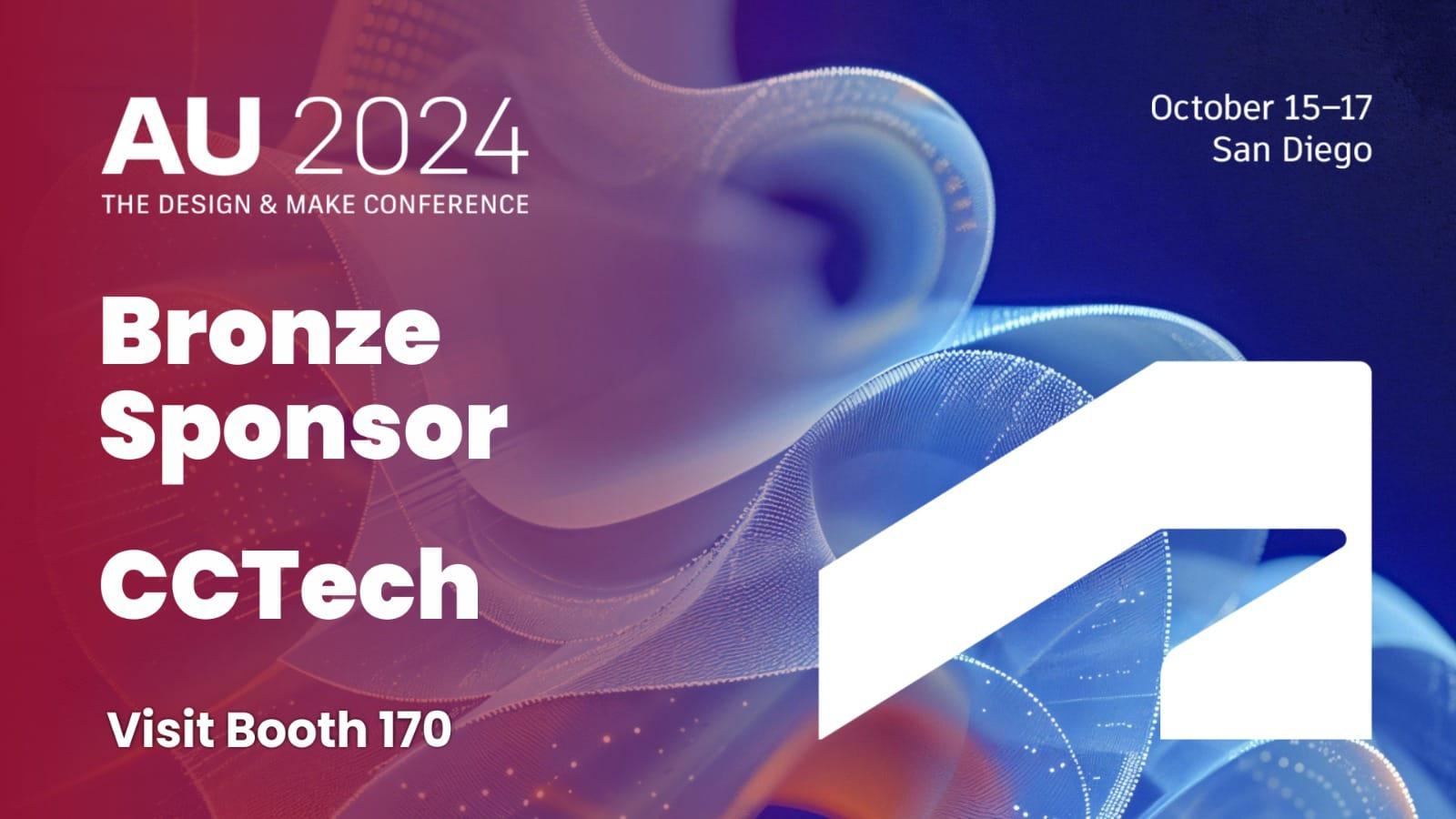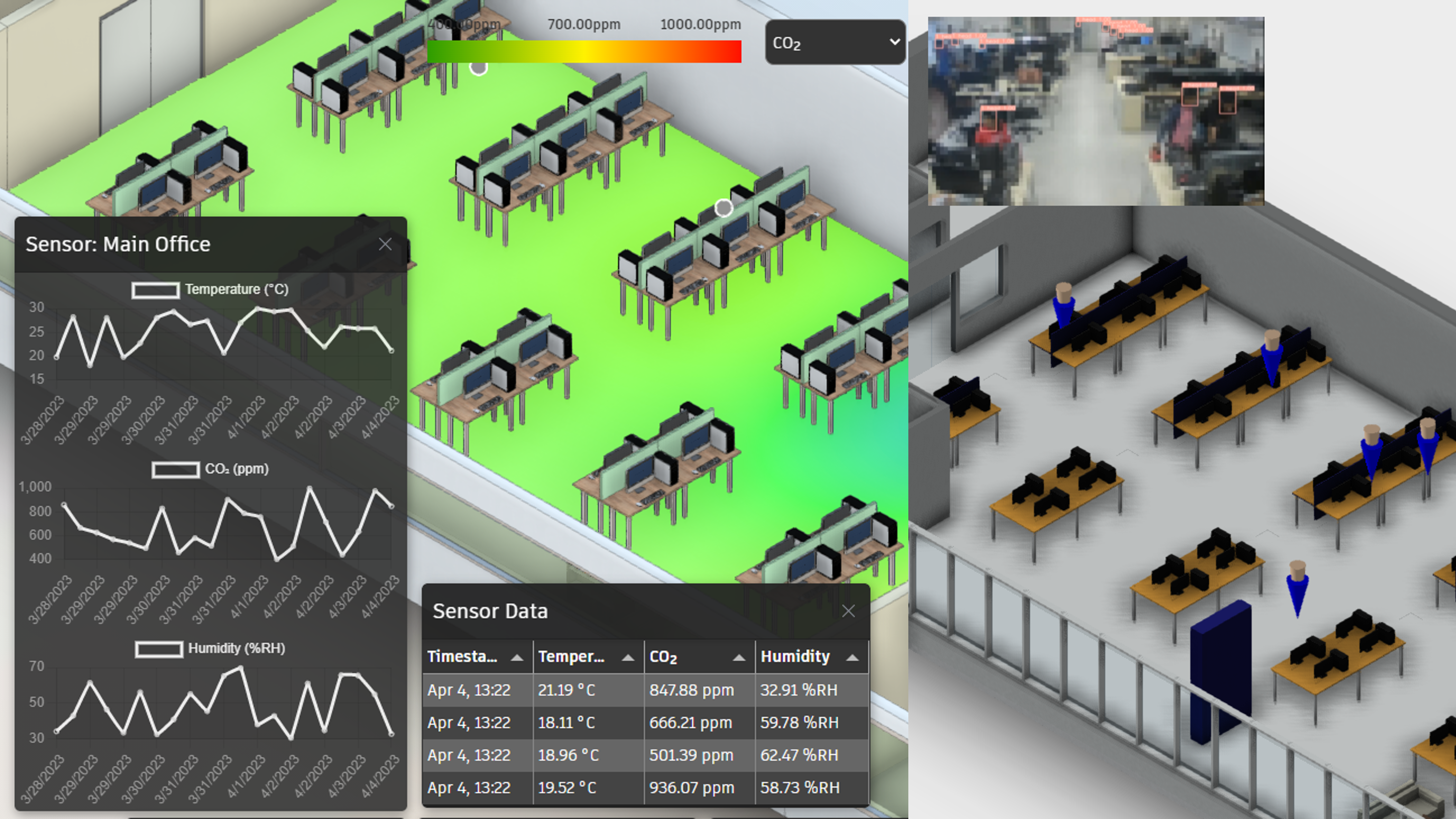Blog
Latest news, technology updates and research updates from CCTech team
Recent posts

Thursday, May 08, 2025
By Sanket Dange
50% of PLM implementations underdeliver or fail entirely. Why? Myth: You just need to pick the right PLM software. But this one didn’t. In fact, an industrial manufacturing giant achieved organization-wide adoption in just 90 days—without disrupting operations, retraining teams, or hitting reset.

Tuesday, April 15, 2025
By Sanket Dange
50% of PLM implementations underdeliver or fail entirely. Why? Myth: You just need to pick the right PLM software. But this one didn’t. In fact, an industrial manufacturing giant achieved organization-wide adoption in just 90 days—without disrupting operations, retraining teams, or hitting reset.

Tuesday, October 08, 2024
By Subhransu Majhi
At Autodesk University 2024, CCTech is excited to showcase our latest innovations at Booth No. 170, where we will be offering live demos of our cutting-edge software solutions and Intelligent Assistant Developed by CCTech, an AWS partner, designed to integrate seamlessly with Autodesk Fusion 360. Leveraging Amazon Bedrock's multimodal models, Fusion APIs, custom knowledge bases, and integration with PLM systems, this assistant represents the future of Generative AI in product design.

Tuesday, September 05, 2023
By Vivek Mahajan
Bureau Veritas recognized that automating compliance verification could herald a new era of efficiency. In dynamic realm of architectural design and construction, where precision and compliance reign supreme, Bureau Veritas emerges as a global leader dedicated to ensuring that every edifice meets the highest standards.






